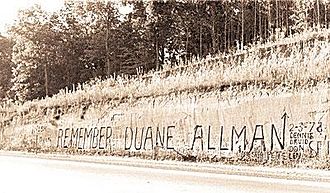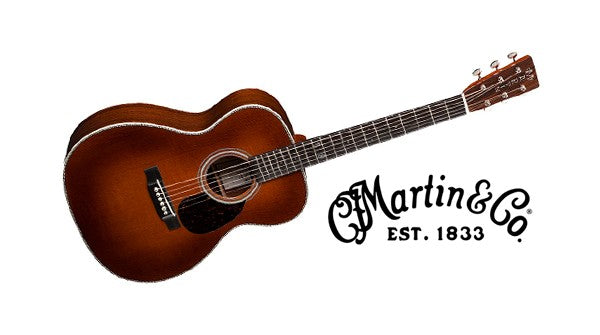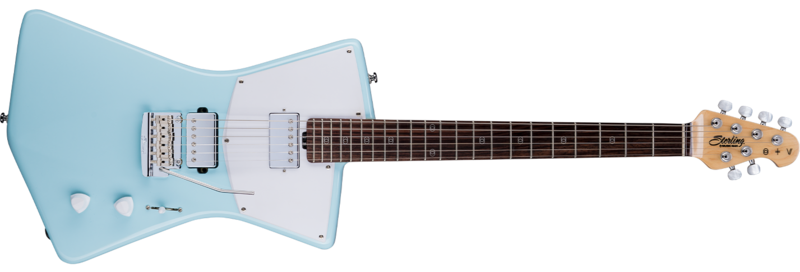Your Cart is Empty
Saving Trees and Building Tremendous Sound: What We Think About RainSong Acoustics
November 14, 2018 5 min read
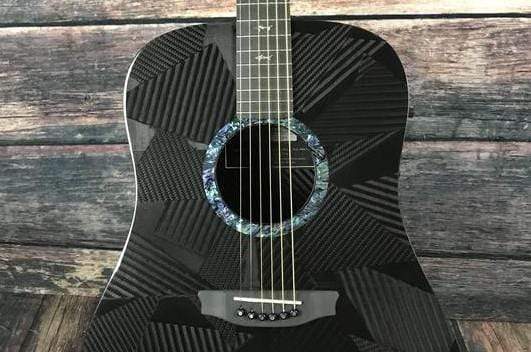
“Graphite guitars?”
That was my first thought as I was about to play a RainSong Acoustic Electric for the first time in our showroom at Adirondack Guitar. It was the RainSong H-WS1000N2, an impressive mid-sized acoustic-electric with an eye-catching black finish. My first thought was that the graphite body and composite fingerboard were more or less gimmicks designed to attract a particular kind of consumer, those intent on saving the rainforest, which is admirable enough, though not the best reason to drop over a grand on a guitar.
Basically, I went in somewhat skeptical. Like you, I had been brought up on tone woods, told that it was the particular wood that shaped the sound, and that the glues and hardware also played a role in making one acoustic guitar sound better than another. Now I was being told to throw all of that out the window. The guitar I was holding was made of carbon, like charcoal or a pencil lead. Of course I was skeptical, until I actually played the thing.
My Experience With Acoustic Guitars
My experience with acoustic guitars has been spotty at best. I have played many over the years, settling on a Kay acoustic-electric purchased in the 1990‘s (after Nirvana’s performance on unplugged made acoustic-electrics an indispensable part of any guitarist’s arsenal), and the single most common problem that I had with acoustic guitars was the way they seemed to disappear in the higher registers.
Remember watching MTV’s unplugged? The acoustic holds its own throughout the song with full-sounding chords and prominent bass notes, but then suddenly drops away when you get to the lead. This version of Pearl Jam’s Black from a 1992 episode of MTV Unplugged is a perfect example:
Listen to the way the main riff, so prominent in the studio version of the song, disappears in the acoustic version. That was what I didn’t like about acoustic guitars. If you’ve ever listened to a country or bluegrass acoustic ensemble, you’ve certainly noticed how, once the banjos, fiddles and mandolins start playing, the acoustic guitar just disappears in the mix. So I’ve avoided playing acoustic guitars, opting for electric guitars on clean settings pretty much all of my adult life.
How RainSong Solved the Problem
I’m not the only person who has taken issue with the way acoustic guitars simply cut-out or disappear in ensemble playing. The question was how to build a guitar that would project as loudly in the upper register as it did in the lower register? RainSong apparently took this very seriously. On their official website (http://www.rainsong.com/sound.html) you can read more about the way they approached the problem and the physics behind what they call the Carbon Fiber Tone.
The key to the problem is the soundboard. 99% of the sound from an acoustic guitar comes from the soundboard, which on most acoustic guitars is made of wood. Since guitar soundboards are like speaker cones, you essentially want one that is very stiff and extremely lightweight. In most cases, wooden soundboards are heavy and bendable, tending to dampen or muddy the sound that the instrument produces, especially in the lower and higher registers. RainSong uses a carbon-fiber soundboard produced through a process they call Projection Tuned Layering™ which makes the soundboard ideal for the kind of dynamic range that a professional guitarist needs, especially in ensemble playing.
How RainSong Solved Every Problem
The first thing I noticed when I first held the RainSong H-WS1000N2 was how much smaller it was than my boxy, old acoustic-electric. The body shape was highly contoured with a deep cutaway like a hollow body electric, as though the designer of this guitar were inviting you to play on the higher frets. My acoustic guitar at home had several frets locked away in the body, making it a feat of fret-hand-gymnastics to play anything above the 12th fret. This RainSong had a 21-fret fingerboard, like a classic Telecaster that you could actually play leads on. Check out the runs that Paul from Guitar World manages on the RainSong Black Ice guitar about halfway through his review:
My experience playing the RainSong Hybrid WS1000N2 was incredible. The Hybrid series is RainSong’s supposedly most ‘mellow’ sounding line of guitars, and yet it was the loudest acoustic I have ever played. Of course, loud is not necessarily good unless the tone is good, and in this respect the RainSong did not disappoint. When RainSong acoustics were first introduced, they were thought by some to have an odd tone, but through the use of new materials, like the carbon fiber and glass used to fabricate the Hybrid series guitars, RainSong has been able to achieve a much warmer, more traditional acoustic tone.
But what we really need to talk about, the area where RainSong has made industry-leading strides, is the dynamic range. The impressive volume and projecting power of even their most ‘mellow’ guitars, like the Hybrid series guitar I played, is nothing short of breathtaking. You’ll be amazed by the deep bass tones, warm mid-range tones, and bright treble that will ring through any arrangement. You can play as loudly or as quietly as you like and each note will ring brightly from your guitar with perfect intonation.
The Body -- Electric!
Okay, here’s another beef that I have with acoustic-electrics -- the pickups! Most have a thin, weak, or tinny quality that makes the guitar lose all of its character once you plug it in. The RainSong offers a Fishman Prefix acoustic matrix side mounted pickup with onboard preamp, equipped with EQ slider controls for volume, bass, treble and semi-parametric contour, as well as a phase switch and notch filter to prevent feedback. The EQ sliders are conveniently placed to be clearly visible and in easy reach, so you can adjust them while you play. Instead of a weak and tinny sound, you can craft the tone of the pickup, bringing out the bass, mids, or treble as the music requires.
Rainsong Review
Conclusion: Not a Gimmick! Just Really Really Good!
RainSong acoustic guitars are pricey, but not because they are trying to be the environmentally friendly alternative to wooden guitars. The carbon fiber material offers incredible advantages in terms of sound, weight, and durability, making RainSong acoustics basically a guitar for life.
Unlike traditional acoustic guitars that tend to bow and warp with age, the carbon-fiber and glass body and carbon composite neck and fingerboard of the RainSong hybrid series guitars will never warp or bow no matter what environmental conditions you find yourself playing in. If you’re a touring musician, you know how tiresome it is to lug huge guitars around with you everywhere you go, only to find that you can’t keep them in tune because of the humidity or temperature where you are playing. This will never happen with a RainSong. The carbon fiber and composite neck and fretboard never bows or warps, giving you perfect intonation for the life of the instrument.
Leave a comment
Comments will be approved before showing up.
Also in Adirondack Guitar News and Blog
Browse Our Store
Recent Articles
- Left Handed Guitarists Who Learned to Play Right Handed July 13, 2021
- The History and Importance of the Martin 28 Style July 13, 2021
- Adirondack Guitar Profiles: St. Vincent July 13, 2021
- Adirondack Guitar Profiles: John Petrucci May 05, 2021
- How to Turn Your Music Skills into a Career March 30, 2021
